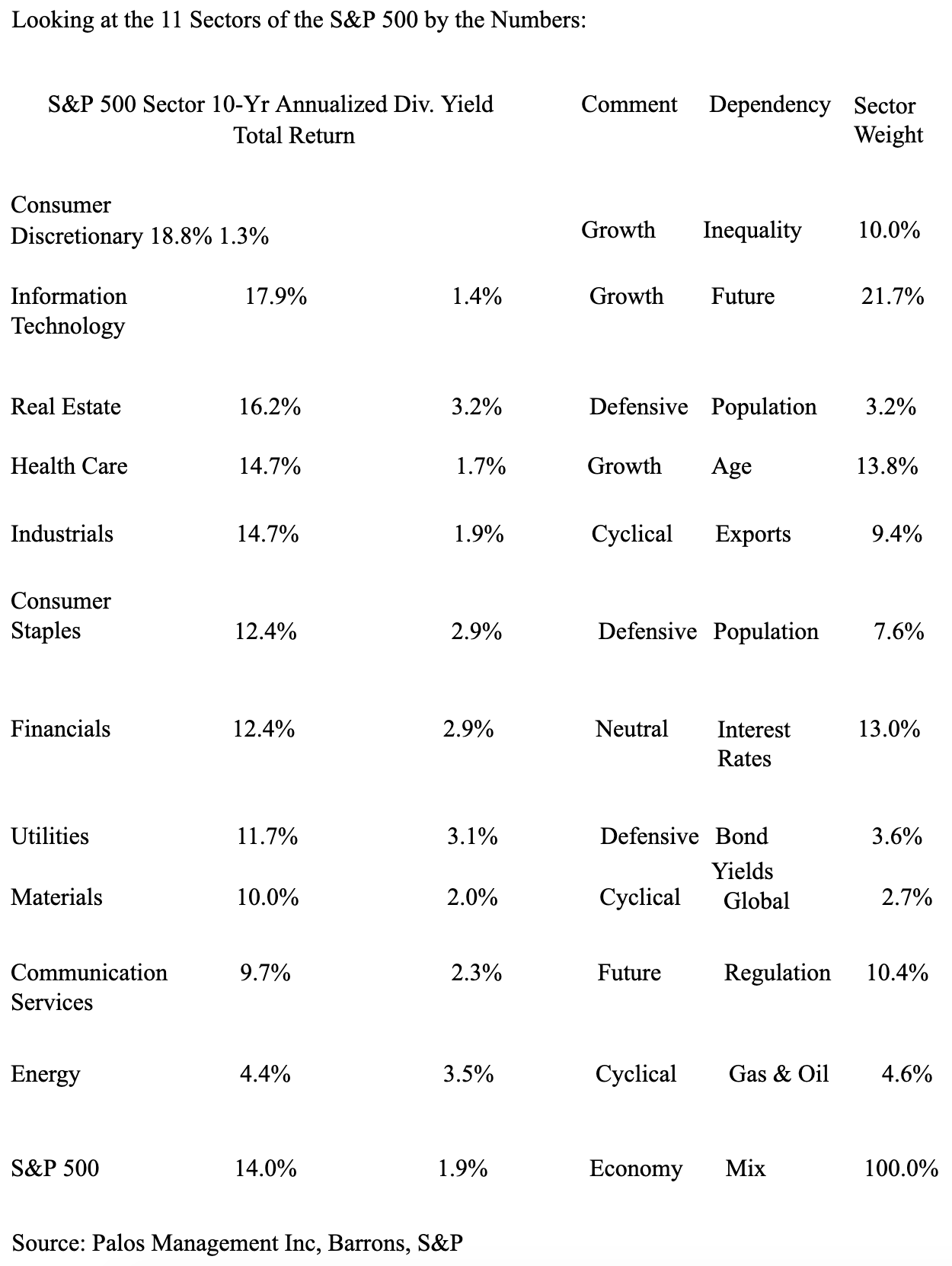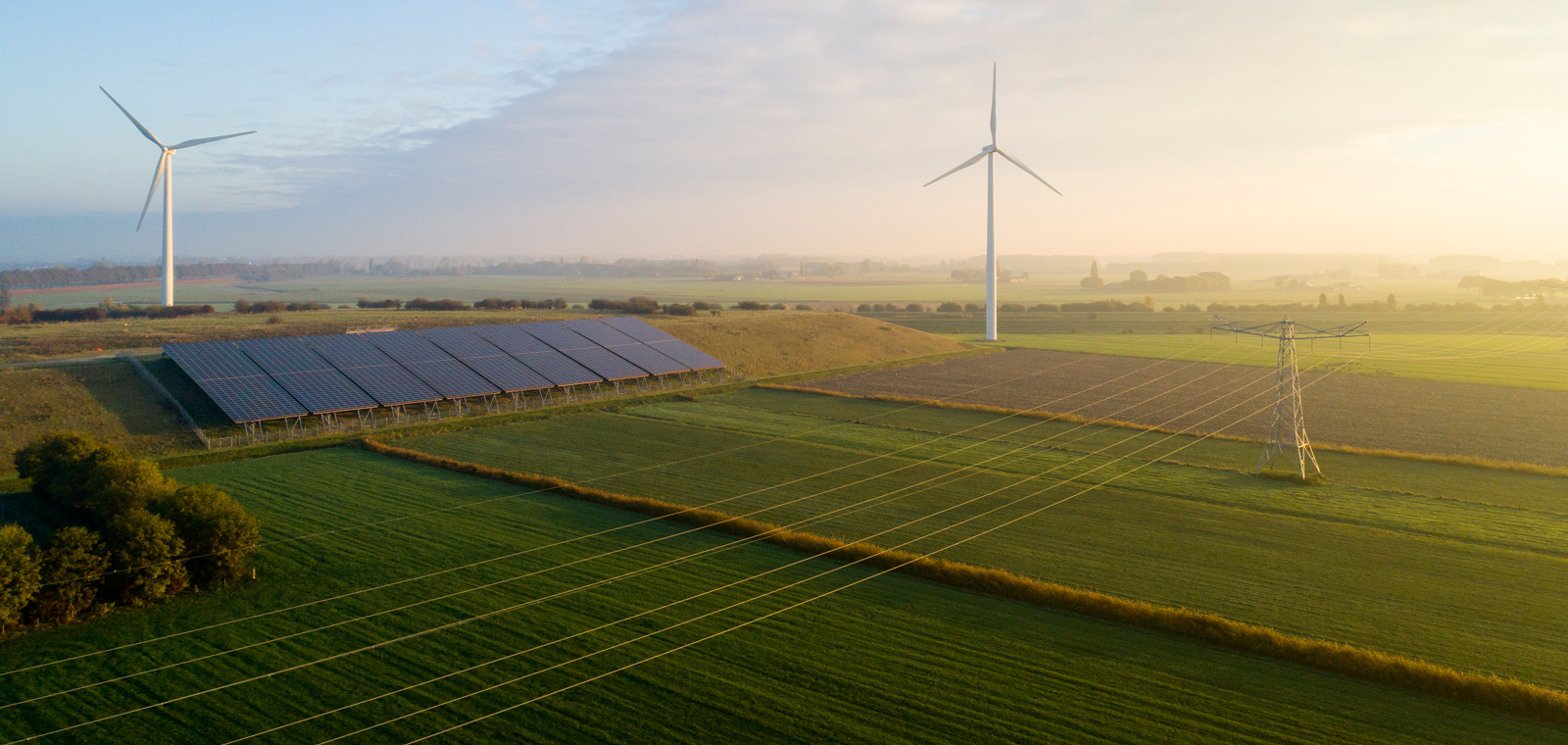by Hubert Marleau, Market Economist, Palos Management
The recession that many feared for the past twelve months has not materialized. Recent employment, confidence and money supply prints are considerably better than consensus expectations, smashing recession worries. As a matter of fact, the global economy is turning around according to timely indicators like the PMIs. There are looming economic risks but the “walls of worry”, aren’t high enough to stop the market from climbing them. Does anyone believe that Trump will take the chance to escalate the trade war?
According to Moody’s Analytic, the odds that the U.S. will be in a recession in the next six months is only 9%. It was 24% last January. Meanwhile, Moody’s High Frequency Model and the Atlanta Fed GDPNow model are estimating real GDP growth of 2.0% for Q/4. A few weeks ago the predictions were as low as 0.3%. Based on the latest reported economic data, some improvement on the industrial side of the economy and broadbase macro inputs, the Goldman Sachs Volatility Model predicts that baseline volatility (14.7) should remain reasonably subdued and below the historical mean (16.0). The prediction is consistent with our Bond Model which suggests that yields on 10-year U.S. notes could rise as much as 40bps to 2.25%, before negatively affecting the stock market. It does not mean that the market will be unscathed by trade uncertainty, election risk and weak CEO confidence. However, the aforementioned interest rate cushion should overcome those risks.
In a nutshell, equity valuations will require validation from a continuation of strong consumer expenditures. Consumer spending has become the dominant force driving the business cycle. Currently, employment is growing at an annual rate of 1.5% and average hourly earnings at 3.1% for an overall income growth of 4.6%. In my judgement, the slow rise in the labour participation rate, the gradual reduction in the elevated personal savings rate and the moderate increases in wage rates will more than compensate for the anticipated decrease in the working-age population. Thus, the consumer cycle has not yet come to an end. Moreover, consumer balance sheets are generally healthy. Financial obligations ratios are low and so are consumer delinquencies—way below historical norms. These factors explain why consumer confidence remains high.
Many pundits either do not know what the consumer is capable of or how quickly he can adjust to changing circumstances. Massive shifts in consumer behaviour are occuring. There is a lot of churning below the surface that is keeping retail sales buoyant. For example, spending on travel, recreation and the internet has grown fast at the expense of durable goods. These transformative trends are not pointing to an economic break-out, but they do suggest that the expansion can
keep on going. Steady consumption will help economic growth to plod along at an unspectacular but with a solid growth factor of 2.0%.
In situations where recessions are avoided, moderate growth keeps on going without too much inflation, bull markets tend to run for much longer than many would think possible. I have lower expectations for future stock performance, but I’m fully invested because I anticipate the equity market will continue to offer reasonable returns for some time. The thing is that many investors are irrationally bearish on equities and, therefore, missing out on the gains that consumer demand is bringing.
Copyright © Palos Management















